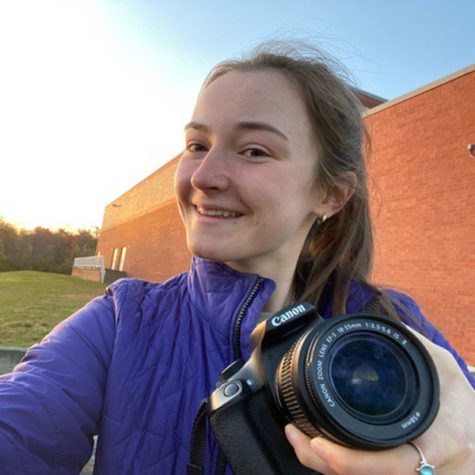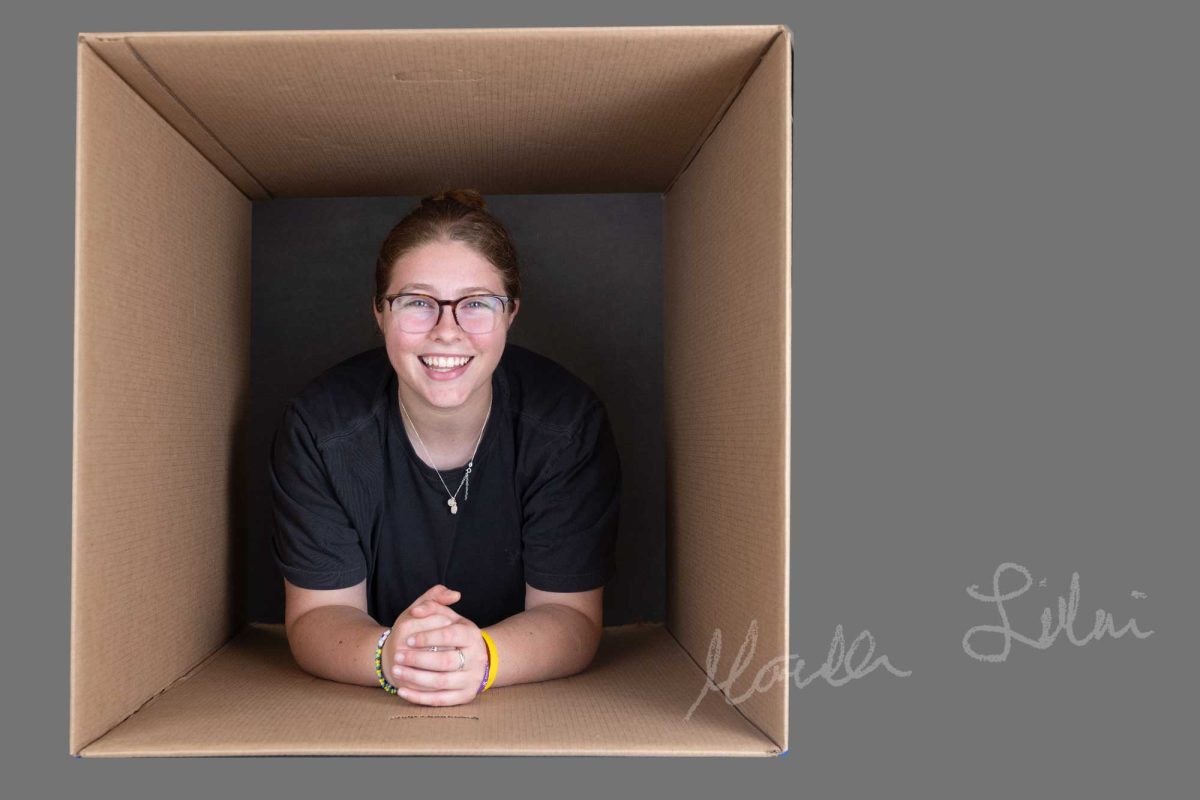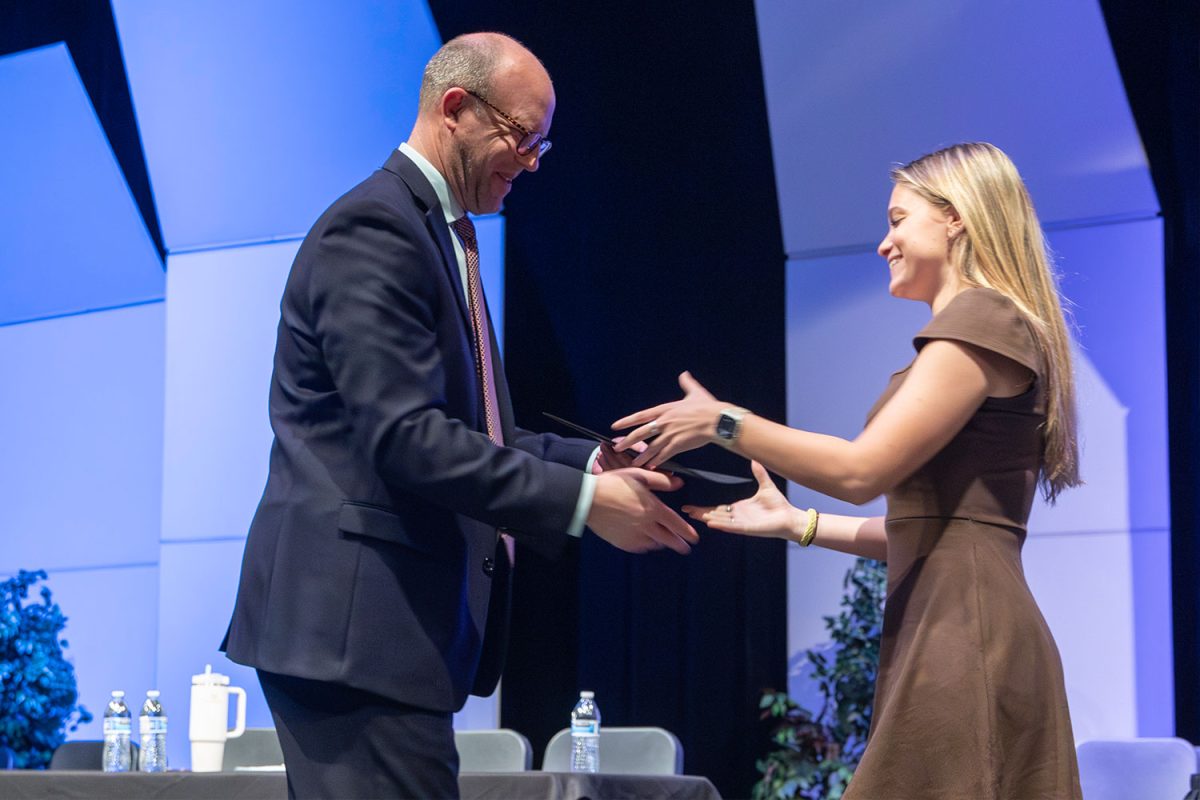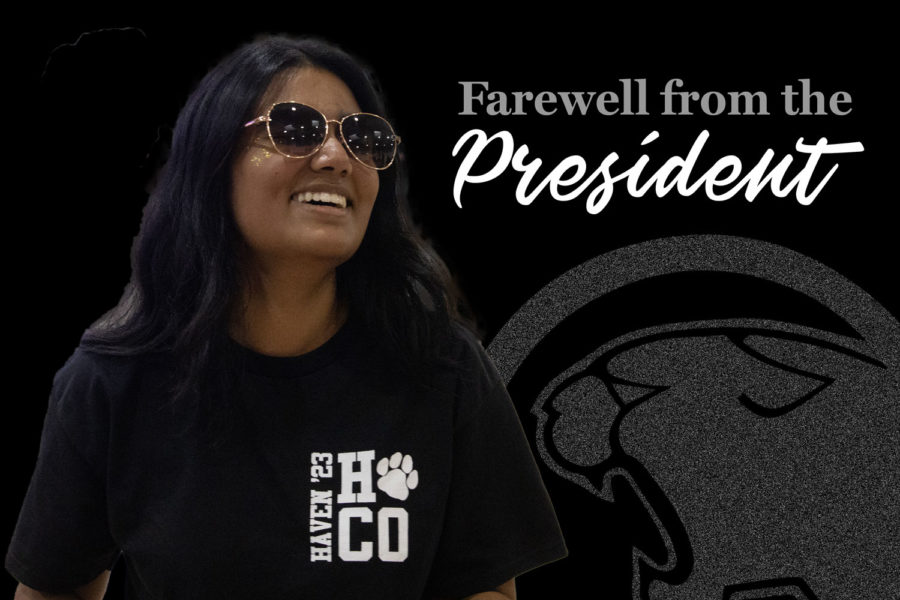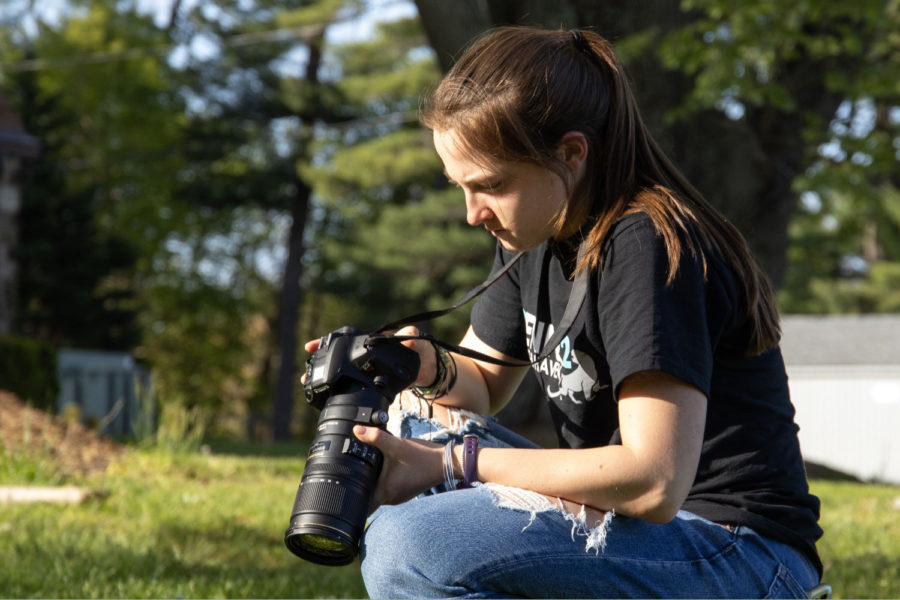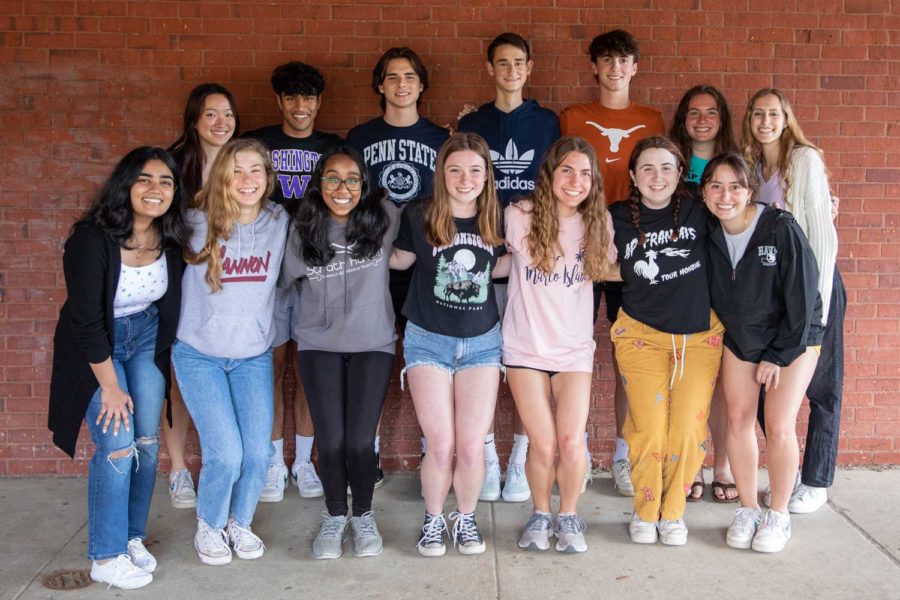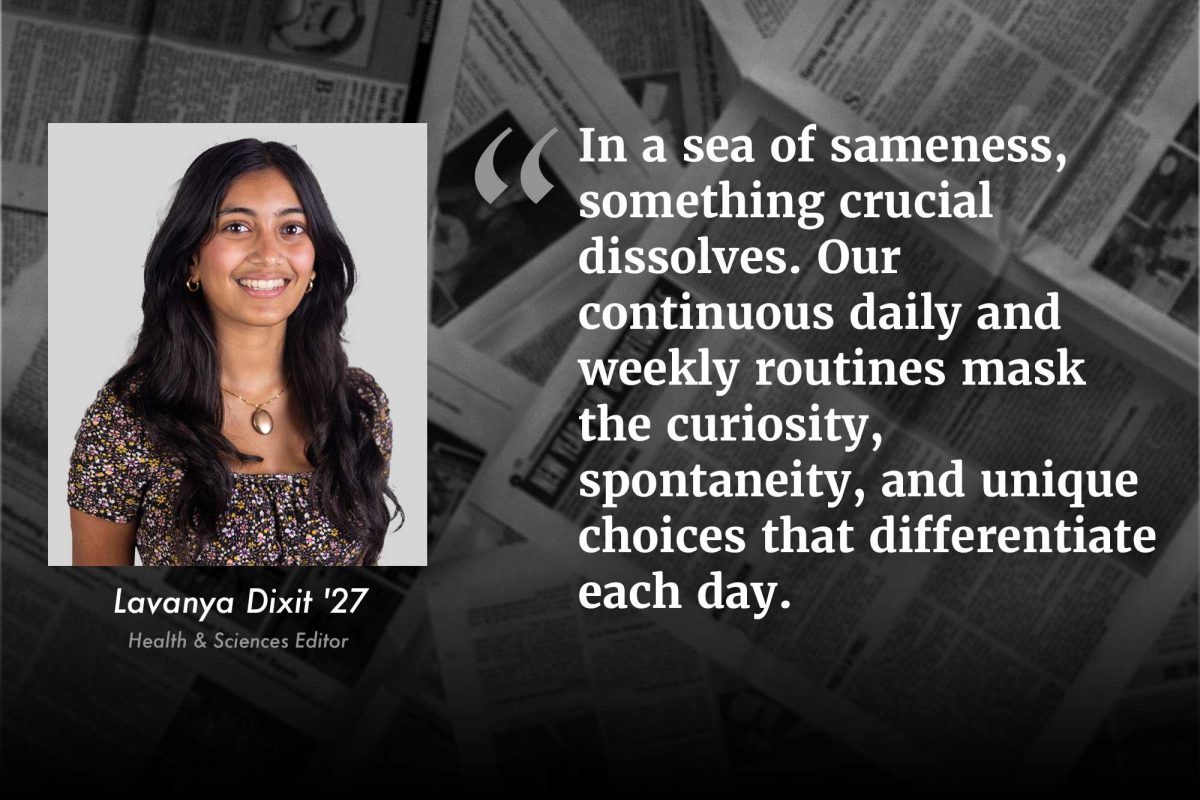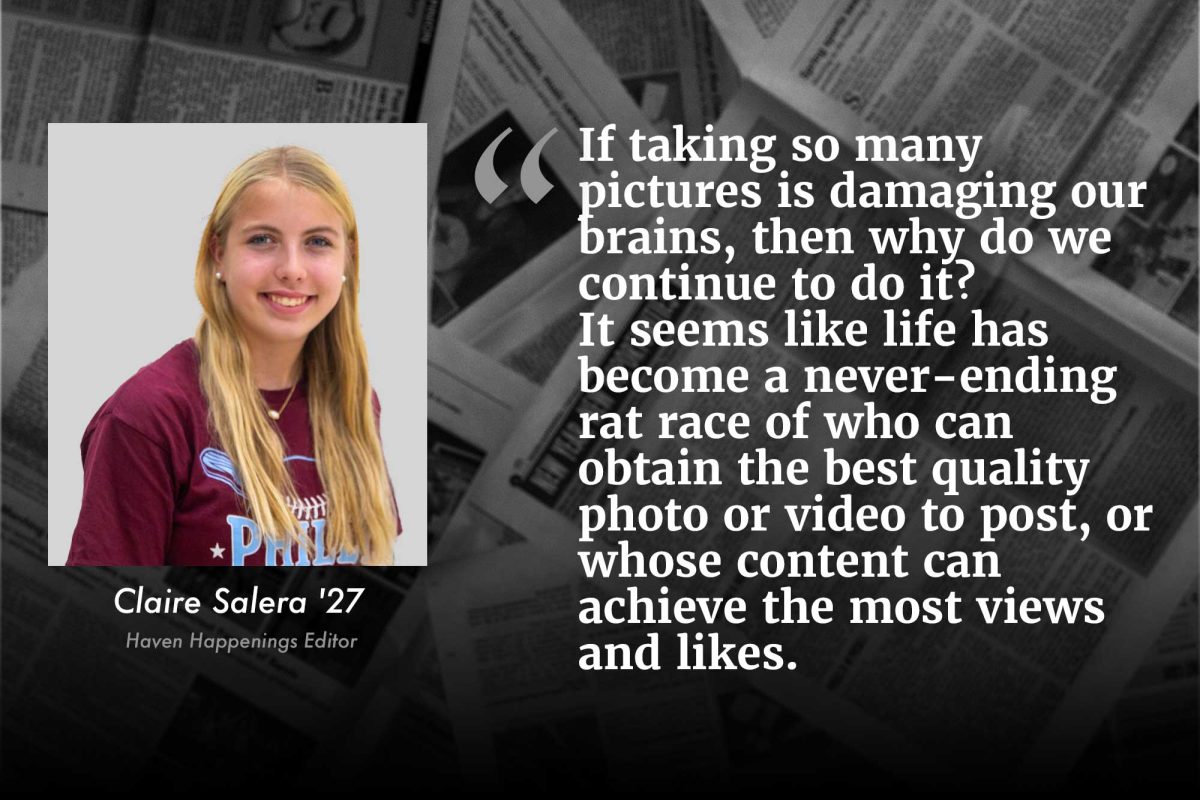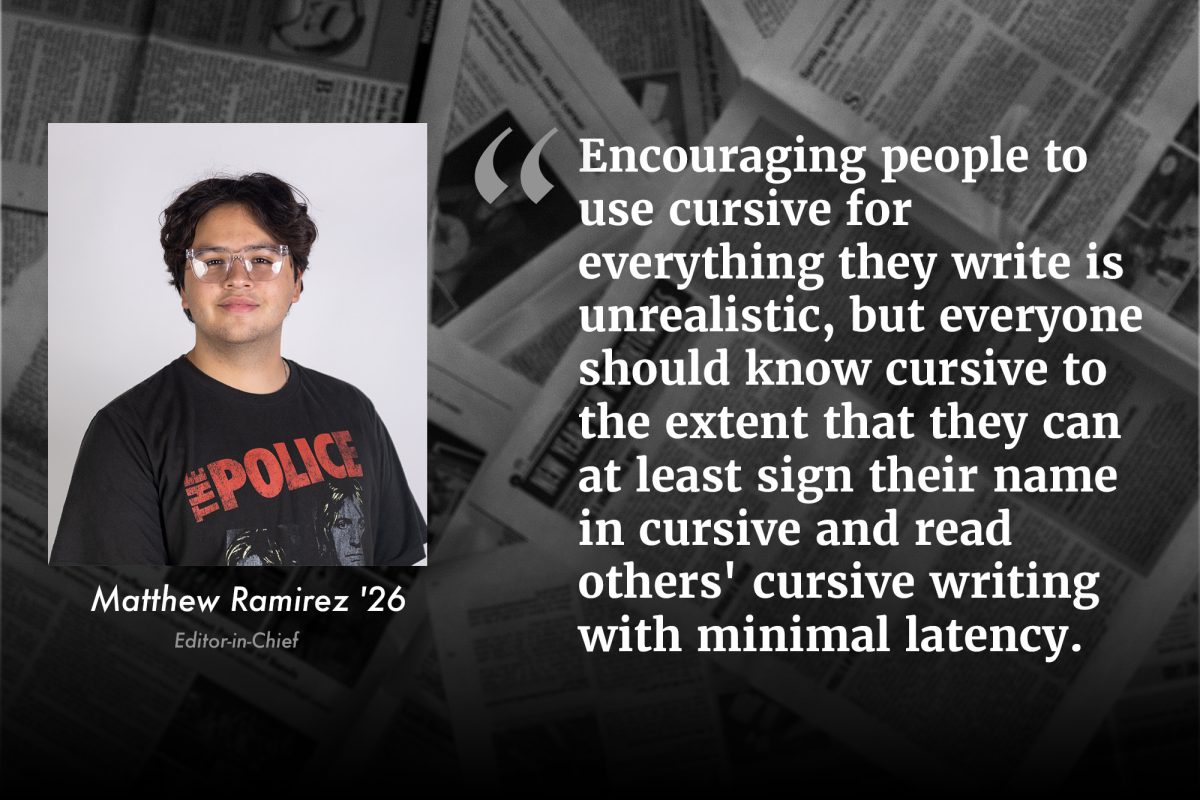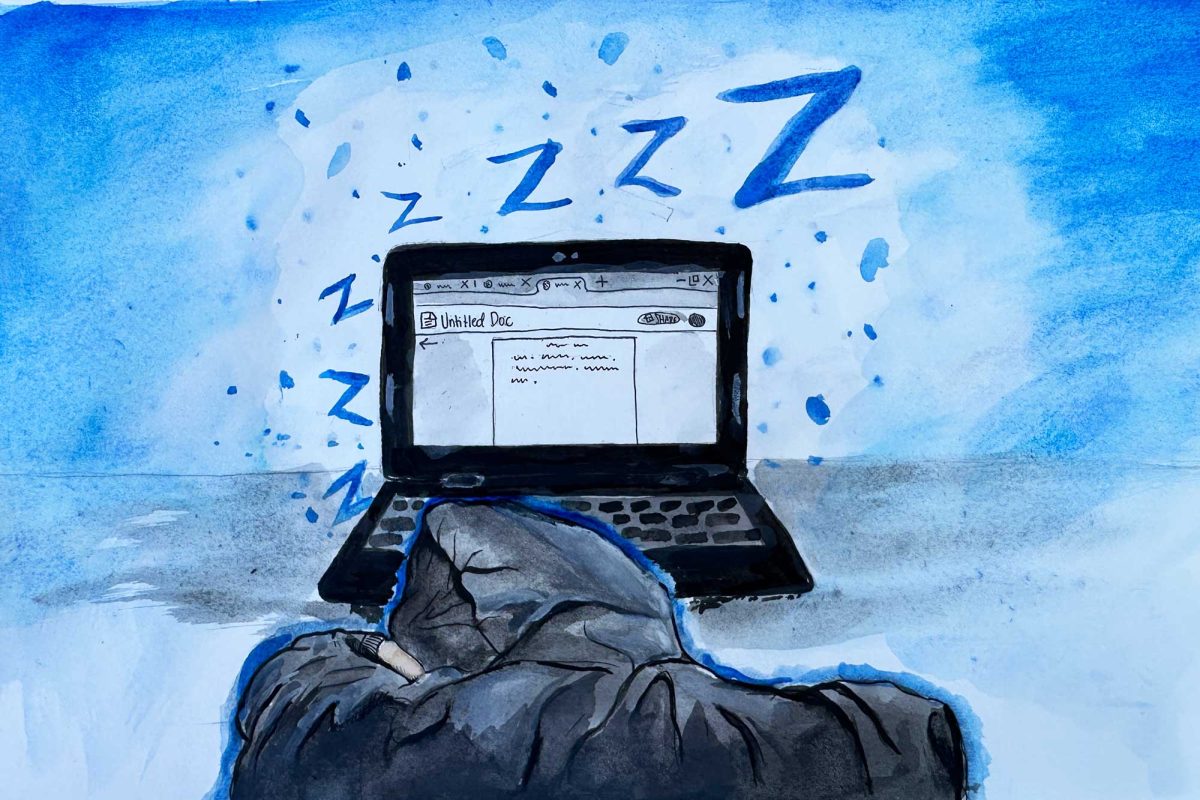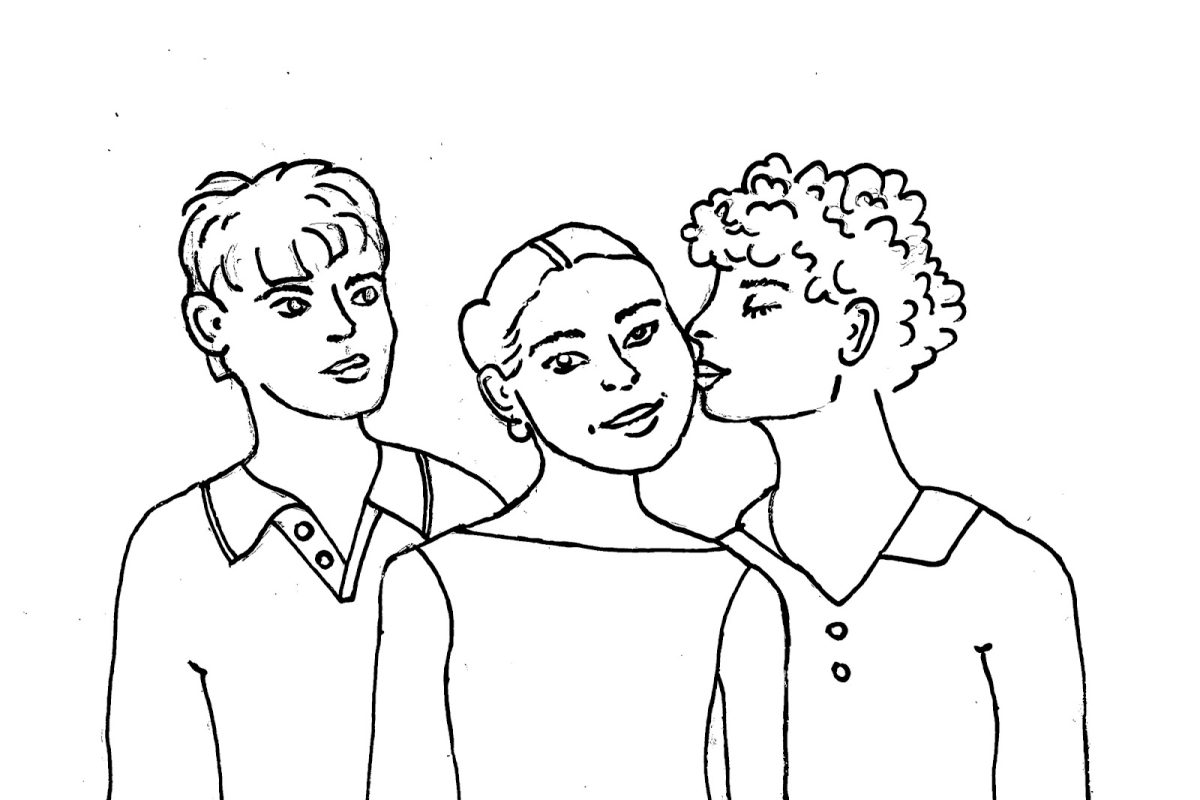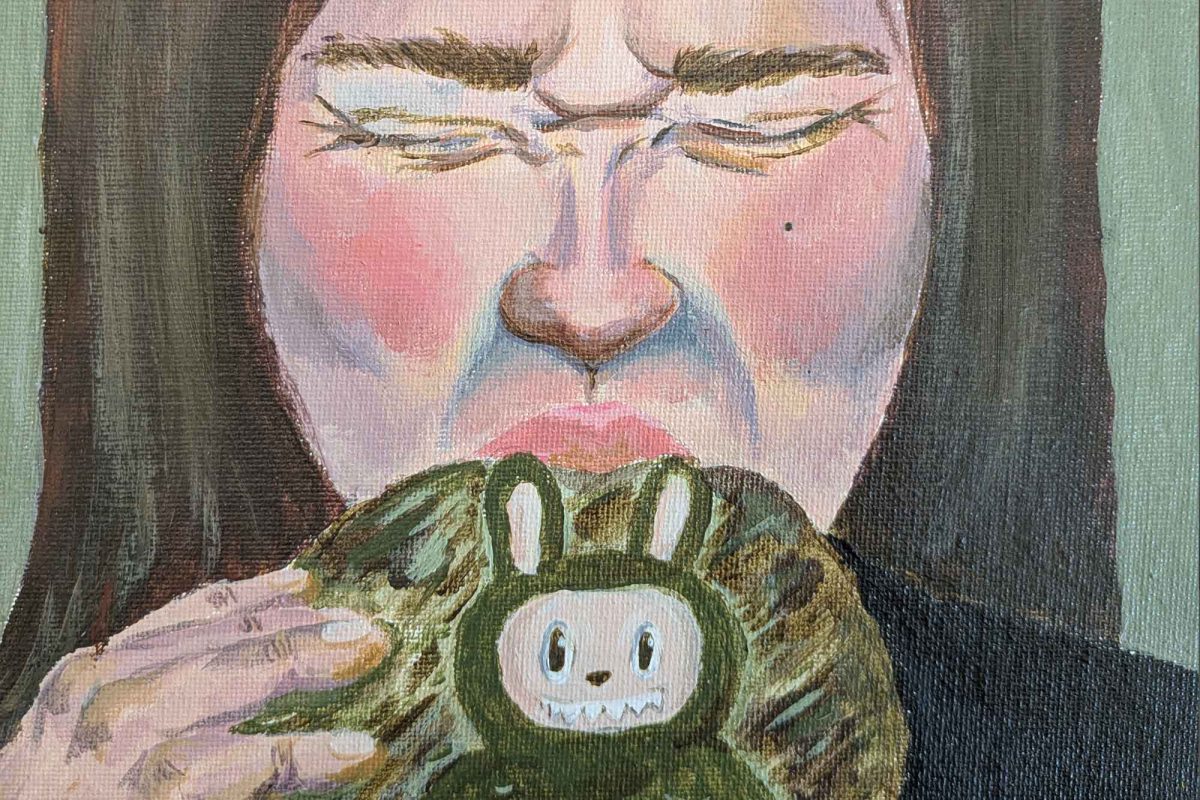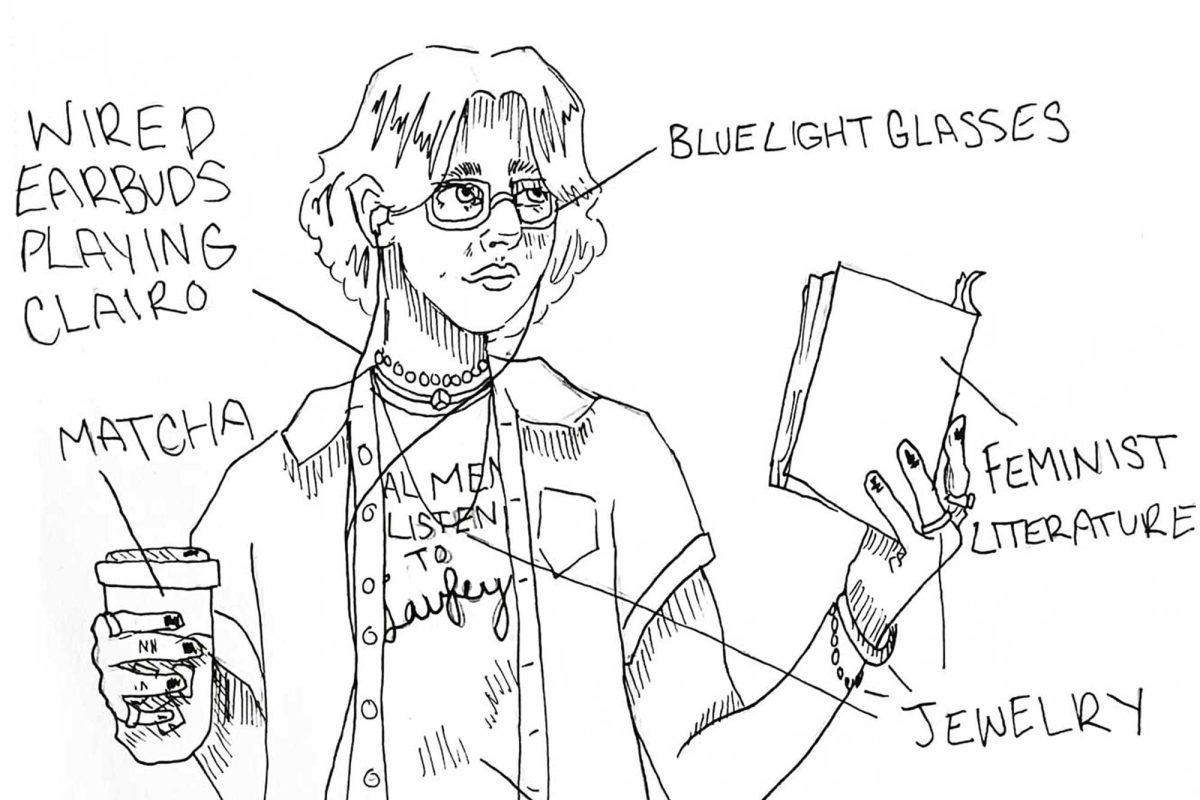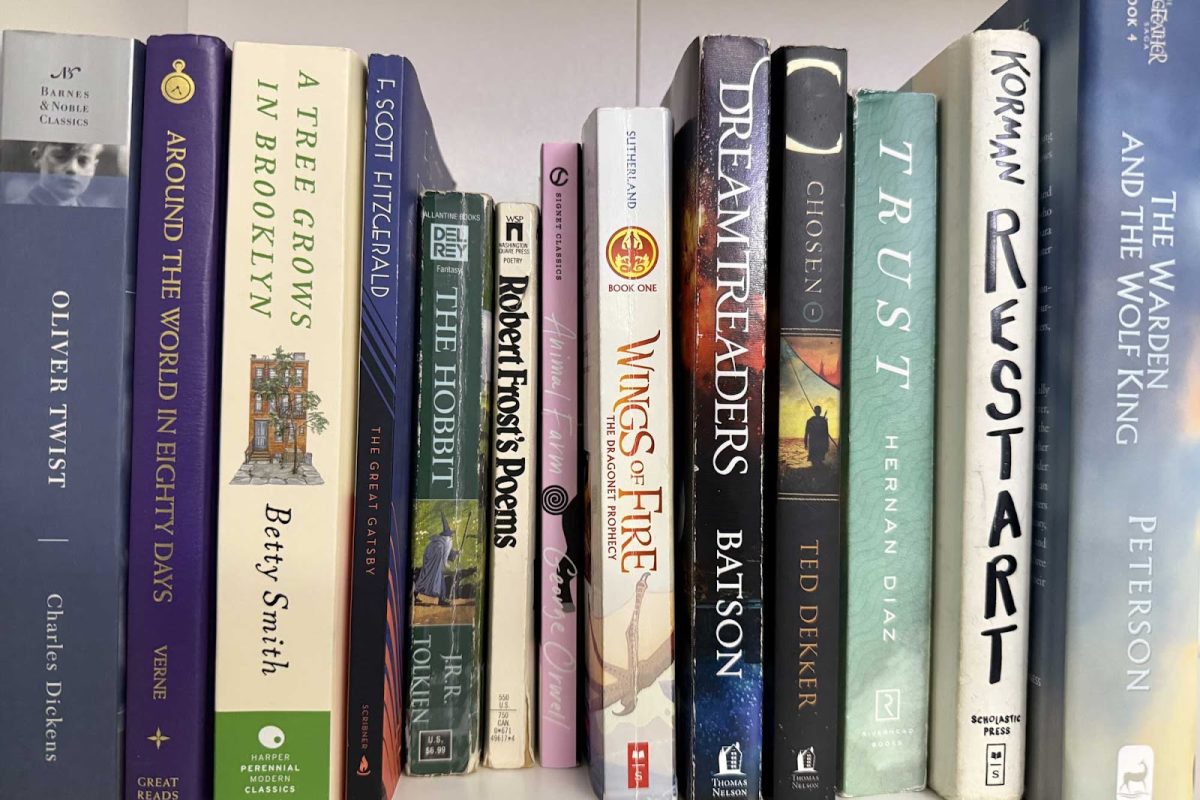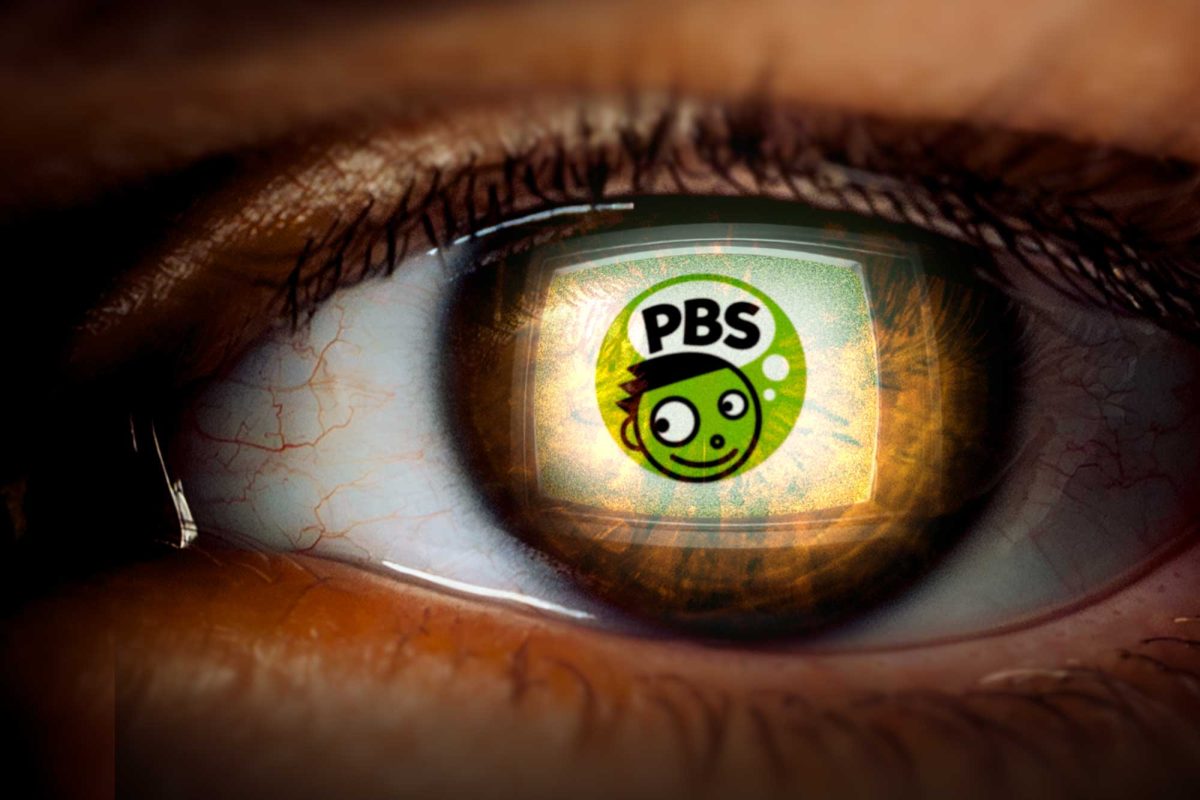Dear Readers,
It’s February 2020. My microeconomics class is filled with boisterous discussion as everyone reads updates about a new virus that has just started to spread in the United States. We laugh and shake our heads.
“It’s literally the flu,” we say. “Why is everyone getting so nervous about this?”
One month later, we learned that school would temporarily close to allow some time for the virus to die down. We eagerly discussed our plans for the time off, and said goodbye. “See you in two weeks,” we told each other.
We would not return to school for another eight months.
Since then, it’s been a long, slow journey. The last two school years have been chaotic and uncertain. We’ve made it through several changes, including hybrid schedules, six-foot distancing, desk wipedowns, contact tracing, outdoor dances and distanced assemblies.
This spring marks our third year of the pandemic. All around us, things are starting to come alive again: green shoots are bursting through the thawing ground, daffodils and crocuses are stretching towards the spring sunlight, and birds are returning to sing from pink-budded trees.
And, as you’ll read in this issue, our community is coming alive again too. The auditorium has filled with instrumental and choral concerts, dance performances, and musical productions. Student athletes are returning to the track, fields and courts without distancing and masks. The school has come together for assemblies, presentations, and events.
We still haven’t returned to pre-pandemic life. But, each day, we move a little closer—to each other, to spring, to warmth, to “normal”—whatever that may look like. Life has changed, but there’s still light. Keep looking towards it.
Warmly,
Kai Lincke





